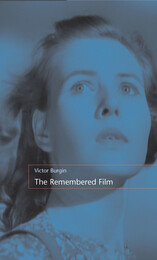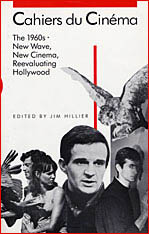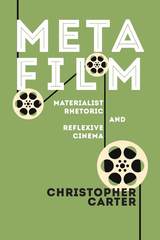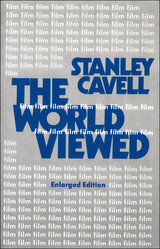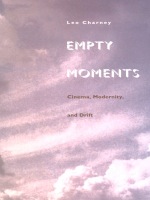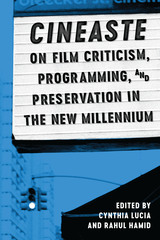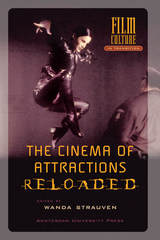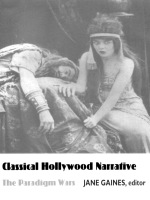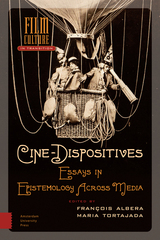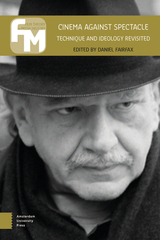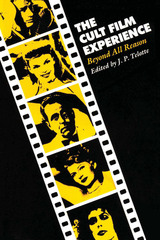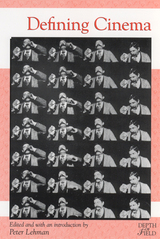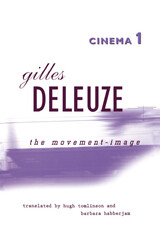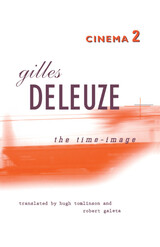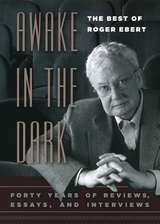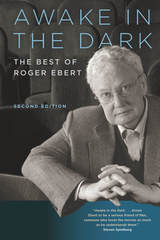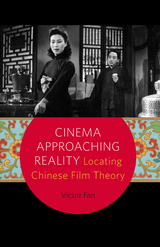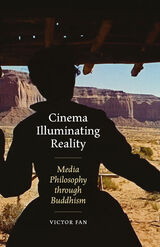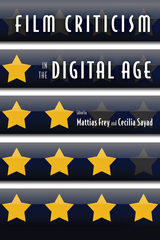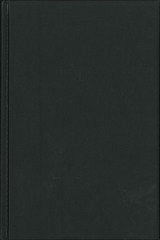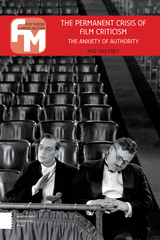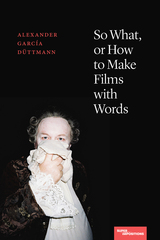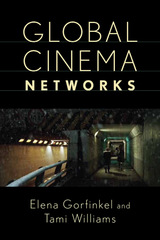Film Hieroglyphs
University of Minnesota Press, 2006
Paper: 978-0-8166-4970-9
Library of Congress Classification PN1995.C63 2006
Dewey Decimal Classification 791.4309
Paper: 978-0-8166-4970-9
Library of Congress Classification PN1995.C63 2006
Dewey Decimal Classification 791.4309
ABOUT THIS BOOK
ABOUT THIS BOOK
At a time when traditional film theory privileged the purely visual, Film Hieroglyphs introduced a new way of watching film—examining the ways in which writing bears on cinema. Author Tom Conley gives special consideration to the points (ruptures) at which story, image, and writing appear to be at odds with one another.Conley hypothesizes that major directors—Renoir, Lang, Walsh, Rossellini—tend unconsciously to meld history and ideology. Graphic elements are seen as simultaneously foreign and integral to the field of the image. From these contradictions hieroglyphs emerge that mark a design attesting to a hidden rhetoric and to configurations of meaning that cinema cannot always control.Tom Conley is Lowell Professor of romance languages and visual and environmental studies at Harvard University. Among his books is The Self-Made Map (1996), as well as translations of The Fold (1992) by Gilles Deleuze and In the Metro (2002) by Marc Augé, all available from the University of Minnesota Press.
See other books on: Conley, Tom | Film | History & Criticism | Motion picture plays | Performing Arts
See other titles from University of Minnesota Press

